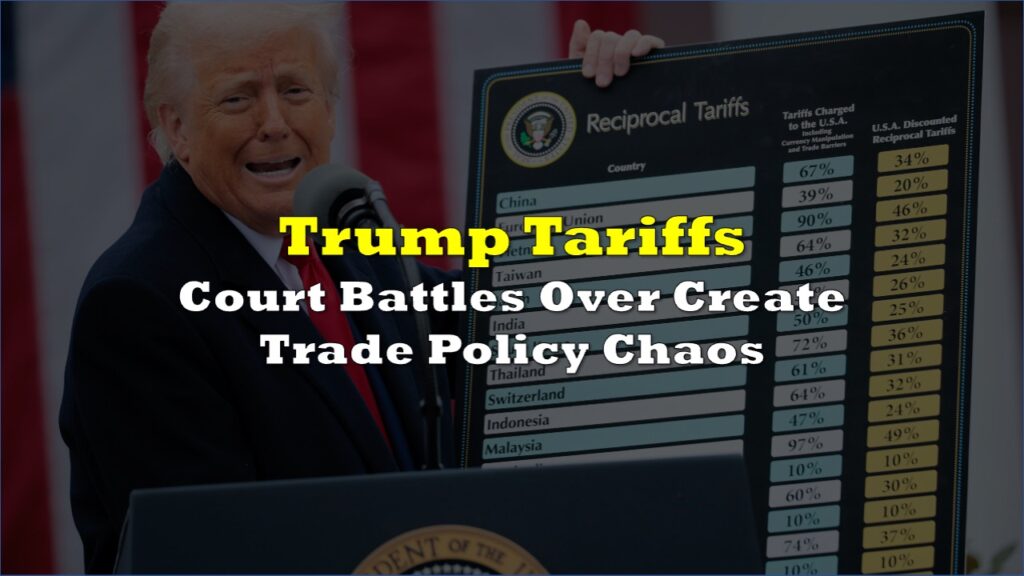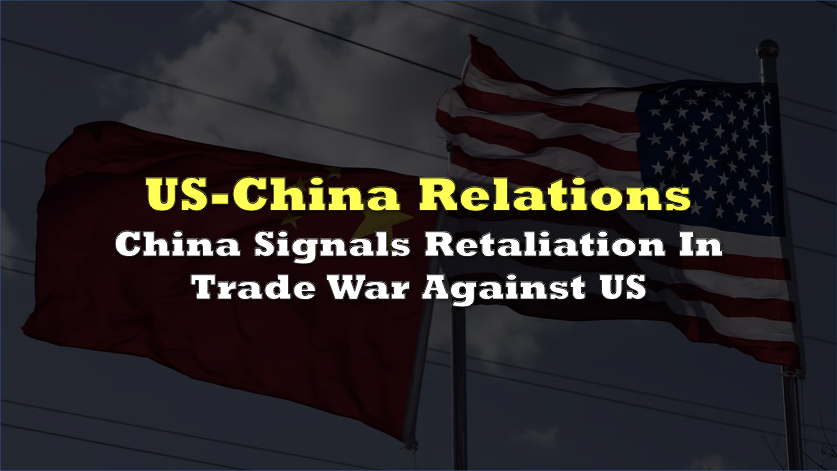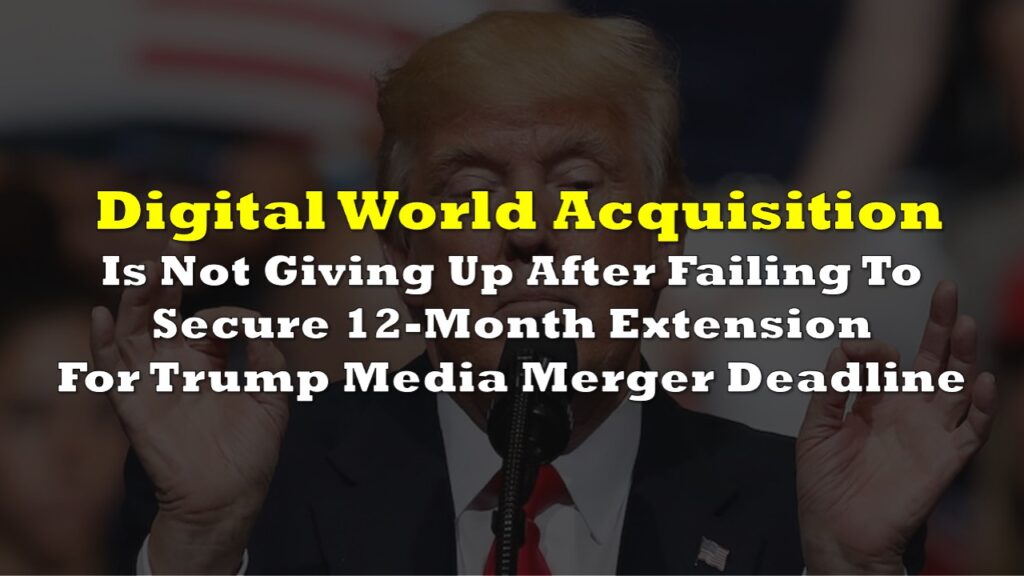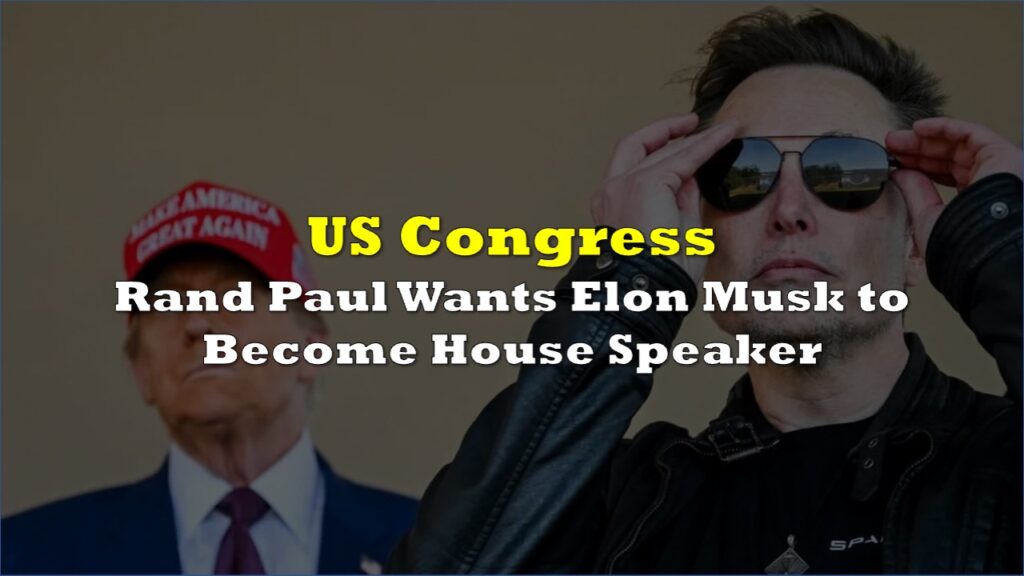U.S. President Donald Trump reiterated on Monday evening from the Oval Office his administration’s decision to impose a 25% tariff on goods imported from Mexico and Canada, now poised to be effective February 1. This move marks a departure from previous trade agreements and has ignited concerns over potential economic repercussions for both the United States and its neighboring allies.
The decision to levy substantial tariffs on Mexico and Canada comes at a time when these countries are among the United States’ top three trade partners. According to federal trade data, in the previous year, the U.S. imported approximately $475 billion worth of goods from Mexico and $418 billion from Canada. These imports accounted for 30% of the total value of all goods exported by the U.S. Additionally, American exports to Canada reached $354 billion, while exports to Mexico totaled $322 billion, collectively representing a third of all U.S. exported goods.
Trump’s administration has not shied away from altering established trade dynamics. During his campaign, Trump had pledged to implement broad tariffs, including a 25% tax on imports from Mexico and Canada and a staggering 60% tariff on goods from China. The recent announcement signals a continuation of this aggressive trade stance, although the administration has yet to fully detail the implementation strategy.
Economists and trade experts have voiced concerns over the potential fallout from the new tariffs. Judge Glock, director of research and a senior fellow at the Manhattan Institute, a conservative-leaning think tank, commented, “These tariffs would create a self-inflicted wound on America’s own economy.” He further warned that retaliatory measures from Mexico and Canada could adversely impact U.S. businesses that rely heavily on exports to these nations.
Clark Packard, a research fellow at the Cato Institute’s Herbert A. Stiefel Center for Trade Policy Studies, echoed these sentiments, stating that the 25% tariffs “would be a very serious mistake” and could potentially “violate” the terms of the United States-Mexico-Canada Agreement (USMCA). Such violations risk undermining the stability and predictability of future trade agreements, as other countries might become hesitant to engage in long-term trade deals with the U.S.
In addition to the tariffs, Trump signed an executive action that outlines his broader trade policy objectives for his second term. Described by sources as a “placeholder,” the executive order directs key federal departments—the Secretaries of Commerce and Treasury and the United States Trade Representative—to investigate the underlying causes of America’s trade deficits. The administration aims to establish an “External Revenue Service” to manage tariff collections, identify unfair trade practices, and review existing trade agreements for potential enhancements.
Furthermore, the executive action mandates an assessment of the USMCA’s impact on American workers and businesses. The administration is also exploring whether stricter trade policies could effectively curb the flow of fentanyl and undocumented migrants into the United States, tying economic measures to broader national security concerns.
Financial markets have responded cautiously to the announcement. Asian stock markets saw modest gains on Tuesday, with Hong Kong’s Hang Seng Index up by 0.9%, South Korea’s Kospi remaining flat, Japan’s Nikkei 225 increasing by 0.3%, and Australia’s ASX 200 closing 0.6% higher. In contrast, European markets remained largely unchanged.
In the United States, the dollar regained some strength against major currencies, including the pound and the euro. However, oil prices declined on the prospect of increased supply, while Bitcoin experienced a rise attributed to Trump’s pledges of support for cryptocurrencies.
Fiona Cincotta, senior market analyst at City Index, noted, “Plans and discussions of levies on Canada and Mexico saw those currencies fall sharply,” reflecting the immediate impact of the tariff threat on foreign exchange markets. Meanwhile, Charu Chanana, chief investment strategist at Saxo Bank, warned, “The first few hours of the Trump administration have underscored that the policy environment will be dynamic once again, and markets should brace for volatility.”
Oil prices didn't react to Trump yet again threatening tariffs on Canada and Mexico but they responded on this below 👇#oott https://t.co/gMHGHjOrSQ
— Gurgen Ayvazyan (@Gugo907) January 21, 2025
Within the Trump administration, there is ongoing debate regarding the execution of the tariff policy. Market-oriented officials like Scott Bessent, Trump’s appointee for Treasury Secretary, and Kevin Hassett, leader of the National Economic Council, advocate for a more measured approach. They propose smaller tariffs that would incrementally increase over time or delay their implementation to facilitate negotiations with affected countries.
Conversely, proponents such as Peter Navarro, a White House trade adviser, and Howard Lutnick, Commerce Department head, argue for the full implementation of the tariffs to send a strong message to international trade partners. The administration is also deliberating the legal foundations for the tariffs, with advisers considering the use of emergency powers to provide the president with broad authority to regulate imports, potentially facing legal challenges from affected countries and companies.
The imposition of tariffs is expected to have a direct impact on American consumers and businesses. Typically, tariffs on imports are absorbed by American companies, which in turn pass the increased costs onto consumers in the form of higher prices for goods such as electronics, toys, and sporting equipment. New research from the Peterson Institute for International Economics corroborates these concerns, indicating that Trump’s aggressive tariff strategy will likely result in higher costs for a wide range of consumer products.
Information for this story was found via CNN, BBC, and the sources and companies mentioned. The author has no securities or affiliations related to the organizations discussed. Not a recommendation to buy or sell. Always do additional research and consult a professional before purchasing a security. The author holds no licenses.









